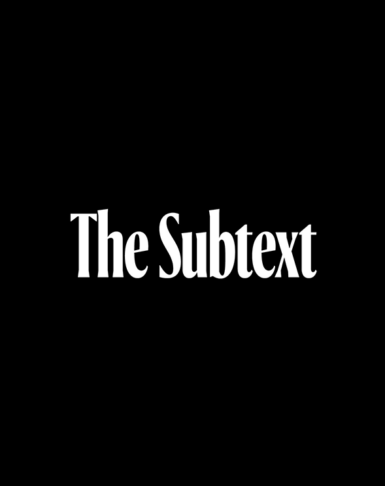When we’re young, we think big words equal smart ideas. Later, we realize those who use complex language often don’t know what they’re talking about, or don’t want us to know what they’re talking about. In other words, wordy isn’t smart. Simple is. And every organization, from nonprofit to global enterprises, should strive for it—for audience connections and their own bottom line.
Simplicity creates clarity, drives connection and helps deliver business results.
That’s why every organization, from nonprofits to global enterprises, should strive for it. But in an age where word counts and attention spans have never been shorter, can simplicity and originality coexist? Or does the most straightforward sentence always win out? In short:
Should simple sound the same for everyone?
For my money, Alan Siegel is the best person in the world to answer this question (and not because his name is on my paycheck). Co-founder and now chairman emeritus, in the early 1970s, Siegel led the Plain English Campaign “against gobbledygook, jargon and misleading public information.” Over the last fifty years, he has simplified countless concepts across every sector. He also created (and trademarked) Brand Voice, the idea that organizations should sound “clear, coherent and distinctive.”
In 2024, when Siegel stopped by the New York offices for a fireside chat, I asked him:
Is there only one way to sound simple?
I should add that Siegel’s book, Simple: Conquering the Crisis of Complexity, is a touchstone of mine, his piece “Ten Brand Voice Lessons” permanently pinned in my browser. I knew how he might answer, but I wanted to hear it in his voice.
Siegel, who is tall and distinguished, with thick grey hair and a piercing gaze, looked at me like he couldn’t believe I worked for the firm he founded.
“Of course there is,” he said. “What you’re thinking about isn’t simplicity. It’s simplistic.” And for Brand Voice™, this distinction is everything.
Simplicity is the quality of being easy to understand.
For straightforward topics, the shortest sentence may do. But new or complicated concepts may need greater explanation. That doesn’t mean we have to sacrifice simplicity. An apt metaphor may help prospective investors grasp a new financial concept. A touch of humor in a product’s caution language can make it more memorable, and even add humanity to that brand.
Simplistic is treating complex issues as simpler than they really are.
If we measure simplicity only by its syllables, and not its ability to clearly convey a concept, we risk tipping into simplistic. This means people might understand what’s being said, but not get what they need from it. The message isn’t telling the whole story.
Siegel’s answer reminded me of a quote I wrote on a sticky note, likely because it’s on the back cover of his book:
“Everything should be made as simple as possible, but no simpler.”
Since Albert Einstein said this decades before Alan Siegel created Brand Voice, I can only assume it was originally meant for a mathematical context. But gets at the precise balance we as simplifiers try to strike with language—one that, when done correctly, works with the consistency of a formula, but delivers language like an art.
Simple starts with a sound strategy.
Strategy is the core idea that underpins a brand. Building a sound strategy takes going below an organization’s surface to discover what makes it distinct and connecting these distinctions with external perceptions. The process requires in-depth conversation, research and deep collaboration between teams. From it, a foundation for simplicity emerges, guiding a brand’s entire expression—how it looks, acts and speaks.
Simplicity and authenticity go hand in hand.
In Siegel’s piece, “Ten Brand Voice Lessons,” he writes, “Being seen as [having] a conscience is paramount. People want organizations to live up to higher values and own mistakes.” Embellishment or flowery language may blur these values. Conversely, if we whitewash language, we enter simplistic territory and risk stripping away an organization’s essence. Simplicity’s goal is to ensure a brand sounds and feels true to its audiences, including the employees who live and breathe it daily. Because when you can see precisely who you are and what you have to offer, customers can intuitively understand you and connect with you.
So, ready to find your simple?
Start with what makes your organization special. Then say it everywhere, as simple as possible—but no simpler.
Chad Thomas is Associate Director of Brand Communication at global brand consultancy Siegel+Gale.


